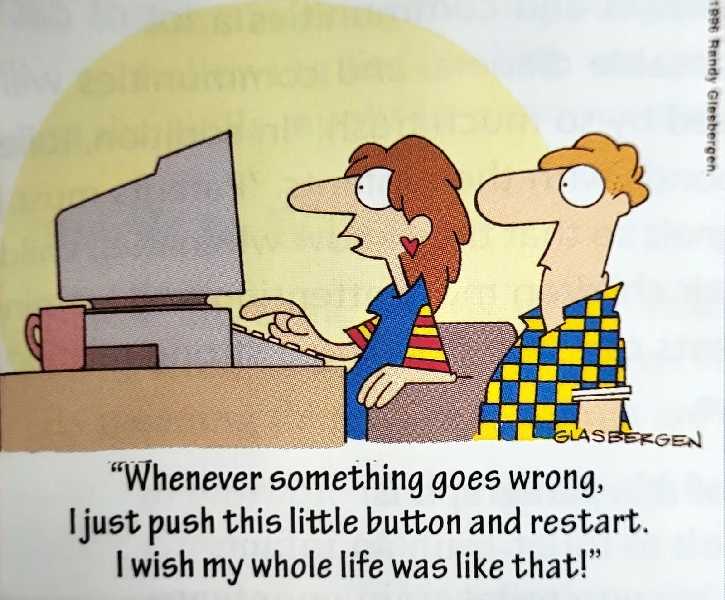Inferences
{"name":"Inferences", "url":"https://www.quiz-maker.com/QPREVIEW","txt":"To fully understand a cartoon, book cover, ad, or other visual image, we often must make ____________. (See pg. 272 and 276), When we read, we often \"read between the lines\" and pick up ideas that are implied rather than directly ____________. (See pg. 276), When making inferences, it is ________ to draw upon our own experience as well as clues provided.","img":"https://www.quiz-maker.com/3012/images/ogquiz.png"}
More Quizzes
Facts
420
Kay's Quiz
1059
Computer
15846
What type of nocturnal animal are you?
1050
Atoms, Molecules & Ions: Test Your Chemistry Smarts
201045517
Free Thin Layer Chromatography Exam
201023776
Free Dante's Inferno Test
201021862
The World Is Too Much With Us - Wordsworth MCQ Test
201088052
Present Tense Likes & Dislikes: Test Your Skills
201025465
Free Futsal Rules Knowledge
201021707
Polymer Science & Engineering
15822020
Doctoral Urban Planning Seminar
15820835
